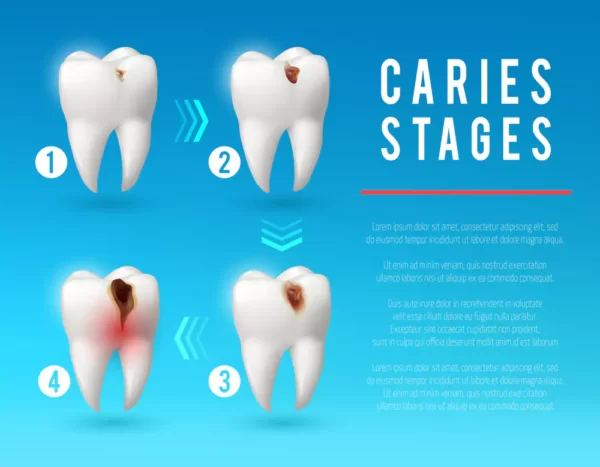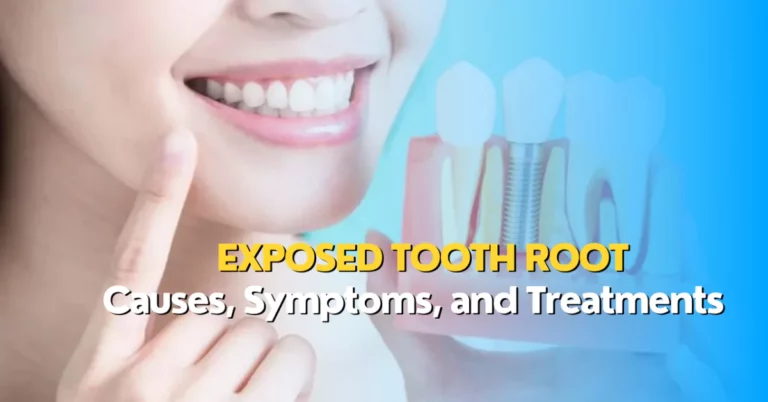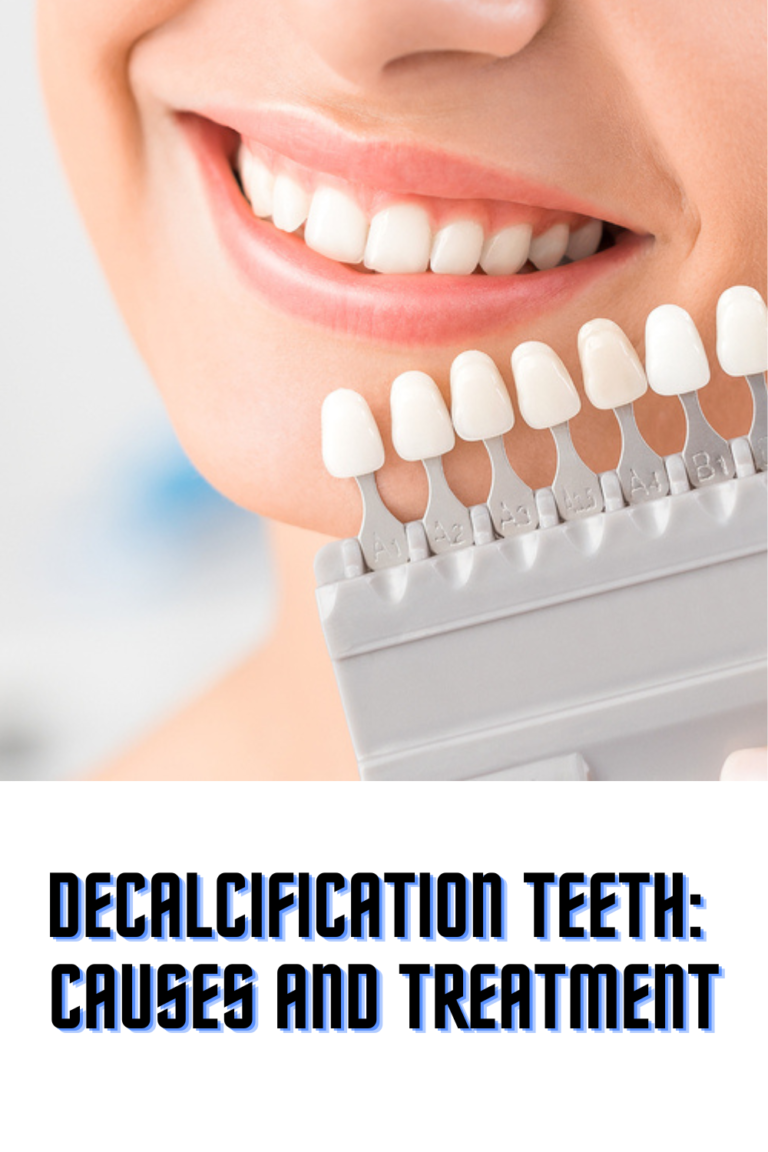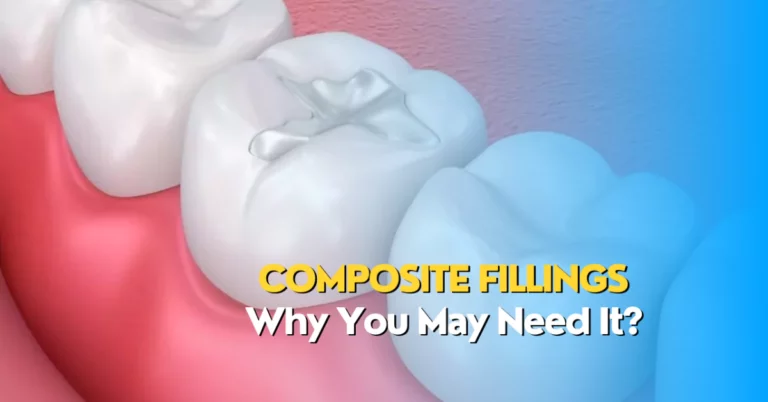What Do Small Cavities Look Like? Signs and Prevention
Cavities are the most common dental problems affecting people around the world. They are areas or holes of tooth decay forming on the surface of teeth. It can cause pain, tooth loss and infection if not treated. But what do small cavities look like? You will discover the signs of cavities in this blog. You will also learn the causes and ways of preventing and treating cavities.
What is a Cavity?
The result of tooth decay is a cavity. When bacteria in your mouth feed on the sugars and starches you consume, acids chip away at your tooth enamel, causing tooth decay. Your tooth’s enamel shields it from harm. Acid and bacteria can enter the dentin, the tooth layer below the enamel when the enamel is worn away.
Dentin is more sensitive to pain and cold than enamel and is softer than enamel. The pulp, the tooth’s innermost part, may be impacted if the decay worsens. The nerves and blood arteries in the pulp supply your tooth with nutrition. You might feel excruciating pain and swelling if the pulp is infected.
What do Small Cavities Look Like?
What do small cavities look like depends on their location, size, and stage of development. Some cavities may not be visible to the naked eye, while others may be noticeable as dark spots.
Here are some common ways that cavities can look like:
- Discoloured or dark spots on a tooth: This may indicate a cavity forming on the surface of your tooth. The spot may be brown, black, or white.
- Hole in the tooth: It shows a cavity that has reached the dentin layer of your tooth. The hole may be small or large, depending on how much tooth structure has been lost.
- Swelling or bleeding gums: It indicates a cavity that has reached the pulp layer of your tooth. The infection in the pulp can cause your gums to swell or bleed around the affected tooth.

Signs You May Have a Dental Cavity
Sometimes, you may not notice any signs of a cavity until it causes pain. However, there are some early warning signs that you should pay attention to, such as:
Toothache
One of the most typical signs of a cavity is this. A dull or painful toothache that comes and goes or lasts a long period may be experienced by you. When you consume sweet, hot, or cold foods or beverages, the discomfort could get worse.
Sensitivity
This is another common symptom of a cavity. You may feel a tingling or zinging sensation in your tooth when you eat or drink something sweet, hot, or cold. The sensitivity may be mild or severe, depending on the cavity’s depth.
Bad Breath
This may indicate a cavity that has caused an infection in your tooth or gums. The bacteria in the cavity can produce foul-smelling gases that make your breath smell bad. You may also have a bad taste in your mouth.
Stages of Tooth Decay and What They Look Like
Tooth decay can progress through different stages, from mild to severe. Here are the stages of tooth decay and what they look like:
Pre-Cavity (Demineralization)
This is the earliest stage of tooth decay, where the enamel loses minerals due to acid erosion. There may not be any visible signs of decay at this stage, but you may notice white spots on your teeth that indicate areas of weakened enamel.
Early Stage Cavity or Tooth Decay
This is the stage where the enamel has been damaged by acid erosion, and bacteria have formed cavities on your teeth’ surface. You may see discoloured or dark spots on your teeth that indicate areas of decayed enamel.
Tooth Decay Between Teeth
This is the stage where the decay has spread to the areas between your teeth, making it harder to clean and detect. You may not see any signs of decay on the front surface of your teeth, but you may notice signs on the sides or back surfaces.
Cavity On a Front Tooth
This is where the decay has reached the front teeth, which are more visible and noticeable. You may see holes or cracks on your front teeth that indicate areas of decayed dentin.
Cavity on a Molar or Wisdom Tooth
This is where the decay has reached the back teeth, which are more prone to decay because of their shape and function. You may see holes or cracks on your molars or wisdom teeth that indicate areas of decayed dentin.
Can You Reverse a Cavity?
The answer to this question depends on the stage of the cavity. In the early stages of tooth decay, when the enamel is only demineralized, you worsen the damage by remineralizing your enamel with fluoride.
Ft fluoride is a mineral that strengthens your enamel. However, once the enamel is damaged and a cavity has formed, you cannot reverse the damage by yourself.
You will need to see your dentist for treatment, such as a filling, a crown, or a root canal. These treatments can restore the function and appearance of your tooth and prevent further decay and infection.
How to Prevent Cavities?
You can stop cavities by practising good oral hygiene and visiting the dentist regularly for examinations and cleanings. Here are some tips on how to prevent cavities:
- Regular Brush and Floss: You should brush your teeth twice daily with fluoride toothpaste. For plaque and food debris removal, floss at least once every day. Flossing also prevents gum disease, which can increase your risk of tooth decay.
- Limit Eating Foods With a High Sugar Content: Candy and soda are sugary meals and beverages that should be avoided. Sugar boosts the formation of the acid that erodes your enamel and feeds the germs in your mouth.
- Drink Plenty of Water: You should drink water throughout the day and wash away food particles and bacteria. Water can also help neutralize the acid in your mouth and prevent dry mouth, increasing your risk of tooth decay.
- Avoid Acidic Drinks: Avoid or limit your intake of acidic drinks, such as coffee, tea, wine, and citrus juices. Acidic drinks can weaken your enamel and make it more prone to decay.
- Eat Tooth-Healthy Foods: You should eat foods that are good for your teeth and gums, such as cheese, milk, nuts, fruits, and vegetables. These foods can provide calcium, vitamin C, and other nutrients that strengthen your enamel.
How are Cavities Treated?
The treatment depends on the severity and point of the decay. To decide the best course of treatment, the dentist will inspect teeth and take X-rays.
Some of the common treatments for cavities are:
Tooth Removal
Tooth removal is the last resort option when the tooth is too damaged to be saved. The tooth will be pulled out by your dentist and replaced with a bridge, an implant, or a denture.
Filling
This is the most typical therapy for cavities that have penetrated your tooth’s dentin layer. The dentist will remove your tooth’s rotten portion, and the hole will be filled with porcelain, composite resin, gold, or amalgam.
Crown
This is a treatment for cavities that have damaged a large part of your tooth or weakened its structure. The rotten portion of the tooth will be removed by the dentist, who will then replace it with a specially manufactured cap to match the original tooth’s color.
Root Canal
This is a treatment for cavities that have reached the pulp layer of your tooth and caused an infection. Your doctor will remove the pulp from your tooth and fill the root canal with a rubber-like material called gutta-percha. Then they will seal the tooth with a filling or a crown.
When to See a Dentist?
It would help to visit your dentist twice yearly for regular checkups and cleanings. This way, you can catch any signs of decay early and prevent them from worsening. However, you should see your dentist if you notice these symptoms.
- Persistent or severe toothache
- Sensitivity to foods or drinks
- Dark spots on your teeth
- Holes or cracks on your teeth
- Swelling or bleeding gums
- Bad breath in your mouth

Frequently Asked Questions (FAQs)
What do small cavities look like?
A tiny cavity may look like a white spot on your tooth that indicates an area of weakened enamel. It may also look like a dark spot on your tooth, indicating a decayed enamel area. Small cavities may not cause pain or sensitivity, but they can grow bigger and deeper if not treated.
Can tiny cavities go away?
Tiny cavities that only affect the enamel may disappear if you remineralize your enamel with fluoride and practice good oral hygiene. However, once the cavity reaches your tooth’s dentin, it cannot go away and will need professional treatment.
What does a very early cavity look like?
A very early cavity may look like a white spot on your tooth, indicating a demineralized enamel area. It is the first stage of tooth decay, where the enamel loses minerals due to acid erosion. A very early cavity may not cause symptoms but can progress to a more severe stage if not prevented.
Do small cavities go away with brushing?
Brushing your teeth can help prevent small cavities from forming or worsening by removing plaque and food particles from your teeth and gums. However, brushing alone cannot reverse the damage caused by tooth decay. You must also use fluoride toothpaste, floss daily, and visit your dentist for checkups.
Conclusion
Cavities are holes or areas of tooth decay that form on your teeth due to bacteria and acid erosion. They can look different depending on their location, size, and stage of development. Some cavities may not be visible to the naked eye, while others may be noticeable as dark spots on your teeth.
If left untreated, cavities can result in pain, sensitivity, infection, and tooth loss. You can prevent cavities by practicing good oral hygiene and often visiting your dentist for cleanings. If you have any signs or symptoms of a cavity, you should see your dentist for diagnosis and treatment.






